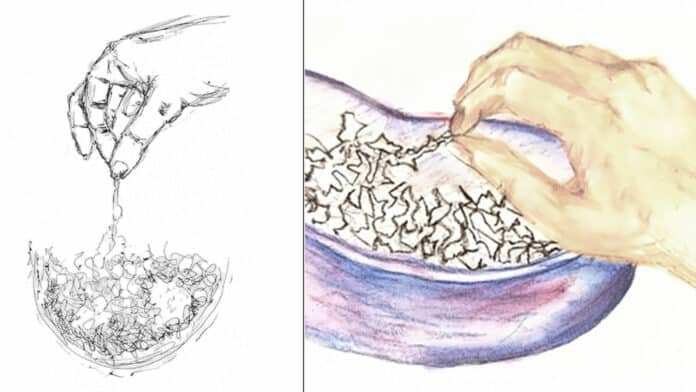Chromosomes, incredibly long DNA molecules, were pictured as knotted up like stray balls of yarn resembling a gel. But a new study by scientists from CNRS, Institut Curie, and Sorbonne Université suggests that Chromosomes are fluid – almost liquid – outside their division phases.
For the first time, scientists managed to manipulate chromosomes in the nucleus of living cells physically. The observations offer a very different image. Chromosomes are flexible and able to move freely; they are not constrained by other components of the nucleus and can reorganize themselves.
This work was done in collaboration with the Nuclear Dynamics, Physical Chemistry and Cell Biology, and Cancer1 laboratories and scientists from MIT. They attached magnetic nanoparticles to a small portion of a chromosome in a living cell.
Then, using a small magnet outside the cell, they stretched the chromosome to varying degrees of tension. Scientists could determine a chromosome’s response to outside pressures by utilizing this method for the first time in a living cell.
Through these experiments, the scientists demonstrated that a chromosome’s conformation could be significantly changed by the range of forces normally present in the nucleus, such as those exerted by enzymes that replicate DNA.
Scientists noted, “This significant finding at the interface between physics and biology changes the conventional understanding of chromosomes. It also offers new information to our understanding of chromosome biophysics, the structure of the genome, and biological activities.”
Journal Reference:
- Veer I. P. Keizer, Simon Grosse-Holz, et al. Live-cell micromanipulation of a genomic locus reveals interphase chromatin mechanics. Science, 29 juillet 2022. DOI : 10.1126/science.abi9810
